The Plastic Marvel: How Our Brain Rewires Itself to Adapt
For centuries, the human brain was viewed as a static organ—hardwired in childhood and largely immutable in adulthood. This dogma persisted until the late 20th century when groundbreaking research revealed a startling truth: our brains possess an extraordinary capacity to reorganize themselves in response to experience. This phenomenon, termed neuroplasticity, has revolutionized our understanding of cognition, learning, and recovery from injury.
At its core, neuroplasticity refers to the brain's ability to forge new neural connections while pruning unused ones. Imagine a dense forest where footpaths emerge based on frequent travel while overgrown trails vanish from disuse. Similarly, synaptic connections strengthen or weaken based on activity patterns. This dynamic remodeling occurs throughout life, though the rate and extent vary with age and circumstance.
The Molecular Ballet Behind Rewiring
Beneath the macroscopic changes lies a microscopic symphony of biochemical events. When neurons fire together repeatedly, they trigger the release of brain-derived neurotrophic factor (BDNF), a protein that acts like fertilizer for neural growth. This stimulates dendritic branching—the elaborate tendrils that receive signals from other neurons. Simultaneously, the contact points between neurons (synapses) thicken through a process called long-term potentiation, making signal transmission more efficient.
Remarkably, even the brain's physical architecture can shift. London taxi drivers, who memorize the city's labyrinthine streets, develop enlarged hippocampi—the seahorse-shaped region crucial for spatial memory. Blind individuals often repurpose visual cortex areas for enhanced tactile or auditory processing. These adaptations aren't merely functional but structural, visible through advanced neuroimaging techniques.
When the Brain Heals Itself
Perhaps the most profound demonstrations of neuroplasticity emerge after injury. Stroke survivors frequently regain lost functions as intact brain regions assume responsibilities from damaged areas. This recovery process isn't automatic—it requires targeted rehabilitation that encourages the brain to reallocate resources. Constraint-induced movement therapy, for instance, forces use of affected limbs while restraining healthy ones, compelling neural reorganization.
The adult brain's plasticity, while more limited than during childhood, remains clinically significant. Phantom limb pain—where amputees feel sensations from missing limbs—arises from maladaptive plasticity as nearby cortical areas invade the unused "limb territory" in the somatosensory cortex. Innovative treatments like mirror box therapy leverage plasticity to alleviate this condition by retraining the brain's sensory maps.
The Dark Side of Neural Flexibility
Neuroplasticity isn't always beneficial. Chronic pain syndromes may develop when nociceptive pathways become hypersensitive through repeated activation—a case of "bad learning" where the brain amplifies pain signals. Similarly, addiction hijacks reward circuitry through plastic changes that prioritize substance use over natural reinforcers. Understanding these mechanisms opens new avenues for interventions that might reverse pathological plasticity.
Modern lifestyles also shape our brains in unintended ways. The constant distraction of digital media may be training neural circuits for fragmented attention while weakening capacity for sustained focus. Conversely, mindfulness practices appear to thicken prefrontal regions involved in self-regulation, demonstrating how intentional behaviors can sculpt advantageous brain architectures.
Harnessing Plasticity for Enhancement
Beyond recovery, we're discovering how to optimize brain function through targeted plasticity. Bilingual individuals, for example, develop denser gray matter in language areas and executive control networks. Musicians show enhanced auditory processing and interhemispheric communication. These findings suggest that deliberate practice doesn't just build skill—it physically rebuilds the brain.
Emerging technologies like transcranial magnetic stimulation (TMS) and neurofeedback are pushing boundaries further by artificially inducing plastic changes. When combined with cognitive training, these tools may accelerate learning or alleviate psychiatric conditions. However, ethical questions arise about enhancement versus therapy, and whether we should intervene in processes evolution refined over millennia.
The revelation of neuroplasticity has transformed neuroscience from a discipline focused on fixed structures to one exploring dynamic processes. Our brains aren't marble sculptures but living clay—constantly shaped by experiences, thoughts, and behaviors. This understanding empowers us to take an active role in our neurological destinies, whether recovering from trauma, combating cognitive decline, or pursuing peak performance. The plastic brain reminds us that change isn't just possible—it's our natural state.

By /Jun 19, 2025

By /Jun 19, 2025

By /Jun 19, 2025

By /Jun 19, 2025

By /Jun 19, 2025

By /Jun 19, 2025

By /Jun 19, 2025
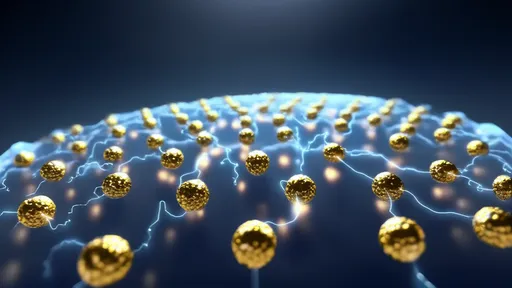
By /Jun 19, 2025

By /Jun 19, 2025
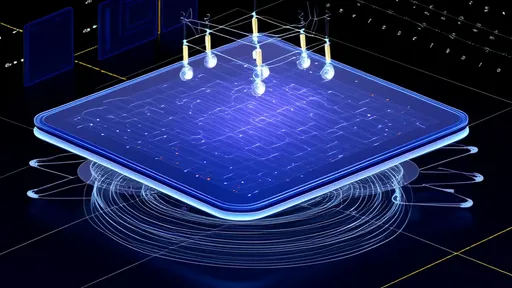
By /Jun 19, 2025
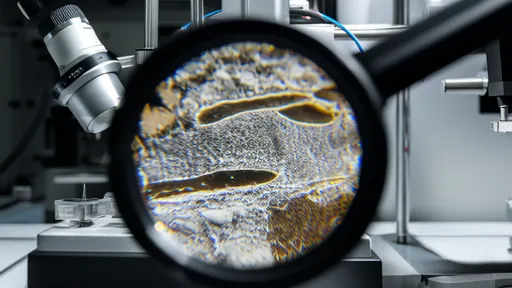
By /Jun 19, 2025

By /Jun 19, 2025
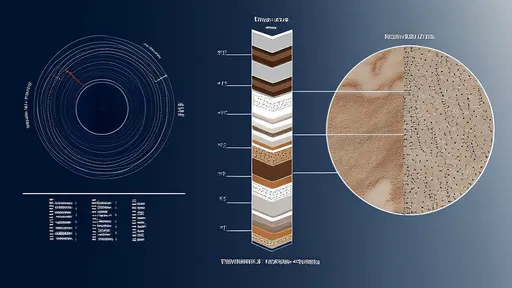
By /Jun 19, 2025
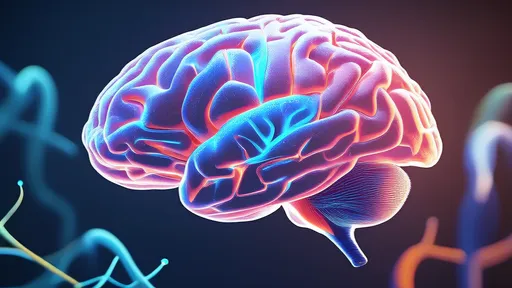
By /Jun 19, 2025
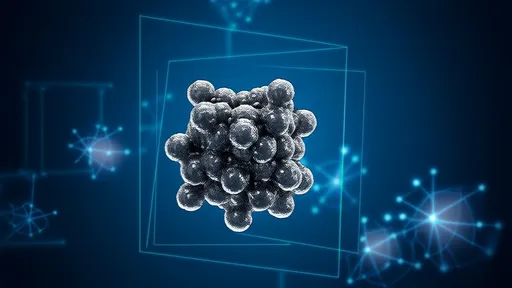
By /Jun 19, 2025
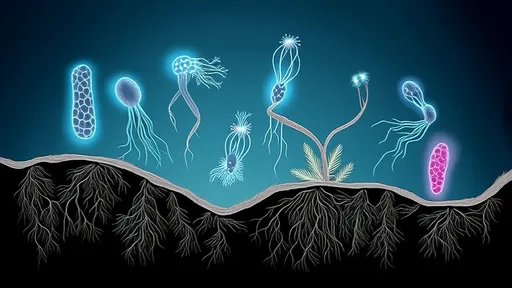
By /Jun 19, 2025

By /Jun 19, 2025